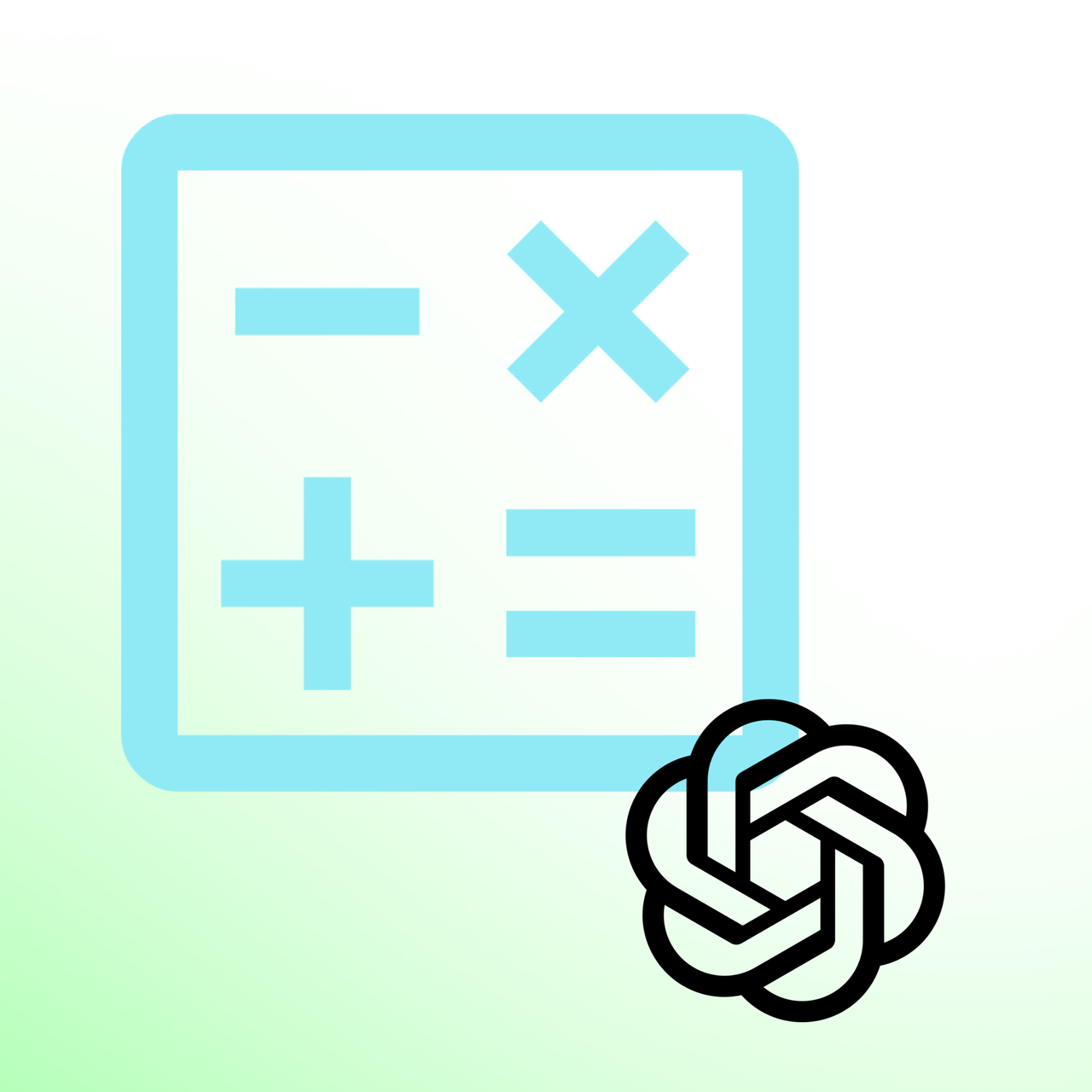.png)

GPT‑4.1 nano Pricing Calculator








GPT‑4.1 nano Cost Calculator + 2025 Token Pricing Guide
GPT-4.1 nano is the smallest, fastest, and most affordable member of the GPT-4.1 family. Sounds promising, right? Well, here’s some good news for you.
LiveChatAI’s GPT-4.1 nano pricing calculator shows you exactly how much this brand-new model will cost you, in just seconds.
Below, I’ll walk you through how to use the calculator, reveal the official 2025 token pricing for GPT-4.1 nano, and compare it with other popular LLMs like GPT-4.1, GPT-4.1 mini, GPT-4o, o1, Claude 3, and Gemini 2.5 Pro.
Using the GPT‑4.1 nano Pricing Calculator
1. Pick your measurement.

Tokens for precision, words for rough planning, characters for copy‑paste from UI text.
2. Enter three numbers.

- Input size (your prompt length)
- Output size (the model’s reply)
- API calls (how many times you’ll hit the endpoint)
3. Read the breakdown.
- Cost of input vs. output
- Total per call
- Grand total for the project
- Auto‑comparison with GPT‑4.1, GPT‑4o, o1, Claude Opus, Gemini Pro, and DeepSeek‑V3
One‑Minute Cost Scenario;
Consider a startup that wants GPT‑4.1 nano to classify 50,000 support tickets by sentiment every night.
- Measurement: Words
- Average ticket length: 35 words (≈ 47 tokens)
- Desired output: One‑word label (“positive,” “neutral,” “negative”) ≈ 1 word (≈ 1.3 tokens)
- API calls: 50 000
Calculator output
- Input: 50 000 × 47 tokens = 2.35 M tokens → $0.235
- Output: 50 000 × 1.3 tokens = 65 k tokens → $0.026
- Total nightly cost: $0.261
- Monthly (30 runs): $7.83
💎 For the same workload, GPT-4.1 would cost about $46, GPT-4o roughly $58 and Claude Opus $125. I can say that small tasks are much more cost-effective with GPT-4.1 nano.”
Meet GPT‑4.1 nano
GPT-4.1 nano is the most affordable and lightweight model in OpenAI’s 2025 lineup. It supports a large 1 million-token context window, just like the larger GPT-4.1 models, but is designed to be faster and cheaper to run.
Official GPT‑4.1 nano Token Pricing
¹Blended = average cost many teams see in production.
Quick Pricing Notes;
- Tokens vs. words: 1 word ≈ 1.33 tokens. Paste raw text into the calculator if you don’t want to count.
- Long context is free: The 1 M‑token window carries zero surcharges—pay the same rate whether you send 10 k or 1 M tokens.
- Batch discount: Run overnight jobs through OpenAI’s Batch API and slice another 50 % off the figures above.
GPT‑4.1 nano vs. Other LLM Models
Key Takeaways
- Cheapest entry point into the 1 M‑token club.
- Faster than everything except GPT‑4o mini, yet four‑times cheaper per token.
- Beats GPT‑4o mini on reasoning (MMLU 80 % vs. 56 %).
- Half the price of Gemini Pro input, one‑thirtieth of Claude Opus output.
When to Choose (or Skip) GPT‑4.1 nano
Choose GPT‑4.1 nano when you need…
- Millions of tiny calls. Chat widgets, autocomplete, code linting, spam filters.
- Fast turnaround. Sub‑5‑second first token for 128 k‑token prompts keeps UIs snappy.
- 1 M‑token memory at bargain rates. Bulk document tagging, giant transcript search.
- Low‑risk experimentation. Prototype with pennies; scale once ROI is clear.
- Batch ETL. Half‑price overnight jobs process terabytes without throttling live endpoints.
Skip GPT‑4.1 nano if you need…
Five Proven Tricks to Keep Your GPT‑4.1 nano Bill Tiny
- Cache your system prompt. A 1 000‑token style guide costs $0.025 / M after the 75 % discount—basically free.
- Stream + stop early. Pull the answer once it appears; don’t pay for fluff.
- Pre‑filter with o3‑mini. Let a $1.10 / M model drop obvious negatives before nano.
- Chunk giant docs. Three 300 k calls can outperform one 1 M call for both speed and cost.
- Use Batch for non‑urgent runs. Nightly analytics at 50 % off beats throttling daytime traffic.
Who Gets the Most Value from This Calculator?
- Developers & ML engineers validating per‑feature costs before shipping code.
- Chatbot builders & conversational‑AI teams estimating per‑interaction expenses to optimize budgets
- Product managers forecasting COGS for new AI features.
- Finance teams monitoring burn on high‑volume classification or chat workloads.
- Educators & researchers needing transparent, grant‑friendly budgeting.
- Start‑ups iterating fast without risking surprise invoices.
More Free Cost Tools from LiveChatAI
- GPT‑4.1 Pricing Calculator
- GPT‑4o Pricing Calculator
- Claude 3 Sonnet Pricing Calculator
- Gemini 2.5 Pro Pricing Calculator
- DeepSeek-R1 & V3 Pricing Calculators
Bookmark the lot and compare anytime, no sign‑up needed.
Ready to Crunch Your Numbers?
Plug your first prompt into the GPT‑4.1 nano Pricing Calculator now, see the cost instantly, and move forward with confidence—no spreadsheets, no surprises.
All prices and benchmarks sourced from OpenAI’s official GPT‑4.1 launch documentation.
Frequently asked questions
* 1 word ≈ 1.33 tokens*
* 4 characters ≈ 1 token*
You can paste a rough word count, a character count, or even the raw text itself. We run it through an open‑source tokenizer (the same one OpenAI’s API uses) and show you the exact token total that will hit your bill.















































